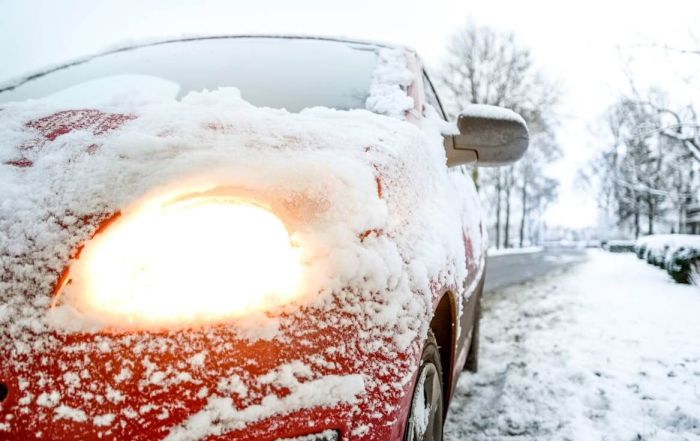
Sail, Not Drift: Boating Safety
The late former U.S. President, Franklin D. Roosevelt, wrote that “To reach a port, we must sail – sail, not tie at anchor – sail, not drift”. Being purposeful and aware are critical to safe boating as more than 100 people are killed and many more are seriously injured in boating accidents every year. In this blog, we discuss the law, safety requirements, and safety precautions to make you purposeful, aware, and help you avoid serious and potentially fatal accidents.
The Law
Boating is governed by the Canada Shipping Act, 2001, which includes regulations related to the competency of operators of pleasure craft, small vessels, collisions, vessel operation restrictions, vessel pollution, and dangerous chemicals.
Licensing and Registration
If you operate or keep your boat primarily in Canadian waters, and it is propelled by a 10 hp motor or more, then you must obtain a pleasure craft licence. This licence is valid for 10 years and provides search and rescue personnel with critical information in the event of an emergency. In order to obtain a pleasure craft licence, you must apply online to Transport Canada:
https://www.tc.gc.ca/eng/marinesafety/vessels-pleasure-1279.htm
However, you do not need to obtain a licence if you register your boat (doing so also serves as proof of ownership). For more information about registering your boat, visit Transport Canada’s online vessel registration office.
Safety Requirements
According to Transport Canada, approximately 90% of pleasure craft drowning deaths are due to failure to wear a lifejacket or personal floatation device (vest type or pouch type). Always wearing your lifejacket or personal floatation device is the best protection against drowning.
Transport Canada’s minimum safety requirements differ between types of pleasure craft, but, in general, you are required to have the following safety equipment onboard your boat and ensure that it is in good working order:
- Personal lifesaving devices (lifejackets, personal floatation devices, buoyant heaving lines);
- Visual signals (watertight flashlight, flares);
- Bailers, bilge pumps, manual propelling devices, anchors;
- Navigation equipment (sound-signaling devices, navigation lights, magnetic compasses, radar reflectors); and
- Fire-fighting equipment (fire extinguishers, power-driven fire pumps, fire hose, buckets).
Safety Precautions
- Before going anywhere in your boat, we recommend that you take the following safety precautions:
- Inspect your boat.
- Explain safe boating rules to everyone who will be onboard.
- Show all guests where the safety equipment is kept.
- Monitor the weather.
- Make and file a sail plan.
- Consult official nautical charts and publications.
- Plan to avoid local hazards (overhead obstacles, bridges, underwater cables, swimming areas, rapids, currents, areas of rapid high-wave build-up).
- Load your boat properly (do not overload the boat with equipment or people).
While on the water, you must:
- Operate at a safe speed – you may need to turn suddenly to avoid a collision.
- Follow the “rules of the road” for waterways – these rules are the law and set out what you must do to avoid a collision (see Transport Canada’s Collision Requirements, C.R.C, c. 1416).
- Avoid close quarter situations – give plenty of space to other vessels.
- Do not consume alcohol while operating a boat – your hand-eye coordination and judgment will be impaired (operating a boat while impaired is an offence under the Criminal Code).
- Be aware of your surroundings – there may be divers or swimmers in the water.






Follow Us